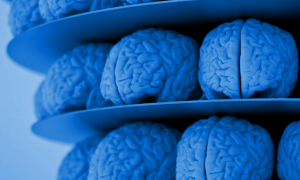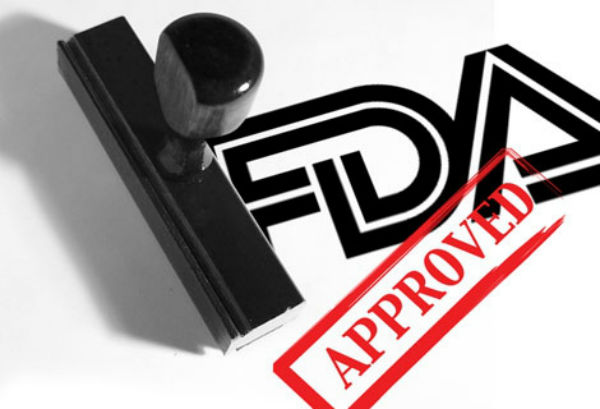Neurofeedback is an emerging neuroscience based clinical application, and understanding the underlying principles of neurofeedback allows the therapist to provide referrals or treatment, and provides clients with a framework for understanding the process. The brain’s electrical patterns are a form of behavior, modifiable through “operant conditioning,” with the excessive brain frequencies reduced, and those with a deficit are increased. The learning curve for EEG has been described (Hardt, 1975).
Neurotherapy using slow cortical potentials also shows promise in the treatment of epilepsy (Kotchoubey et al., 2001; Birbaumer et al., 1981; Sterman, 2000). Neurotherapy has also been used for ADD/ADHD (Monastra, Monastra, & George, 2002) depression (Rosenfeld, 1997), anxiety (Vanathy, Sharma, & Kumar, 1998), fibromyalgia (Donaldson, 2002), and for cognitive enhancement (Budzynski, 2000; Klimesch, et al.). Commonly reported success rates of 60 to 90% are reported (Wright & Gunkelman, 1998).
Neurofeedback is an emerging neuroscience based clinical application based on the general principles of biofeedback or cybernetics. The Neurofeedback process involves training and learning self regulation of brain activity. Understanding the underlying principles of this process allows the therapist to provide referrals or treatment to their clients with some added understanding, and provides clients with a framework for understanding the neurofeedback process. The following short paper will provide a quick review of the brain’s function, and the underlying process involved in neurofeedback, a technique that will allow the client to better regulate and operate their brain.
The brain controls its own blood supply through the dilation and constriction of the blood vessels, and the blood flow is directed to areas that are more active through this self-regulation. The blood supply’s flow, along with the utilization of the oxygen and glucose the blood carries is measured as “perfusion,” a measure that is clearly seen in some of the modern imaging techniques, such as Positron Emission Tomography (PET) and SPECT technology. Though these techniques are invasive, requiring the injection of small amounts of very short half-life radioactive materials, they do give good resolution of the perfusion due to the emission of the positrons, which are emitted from where the brain utilizes the oxygen and burns the glucose carried by the blood flow.
Read more



